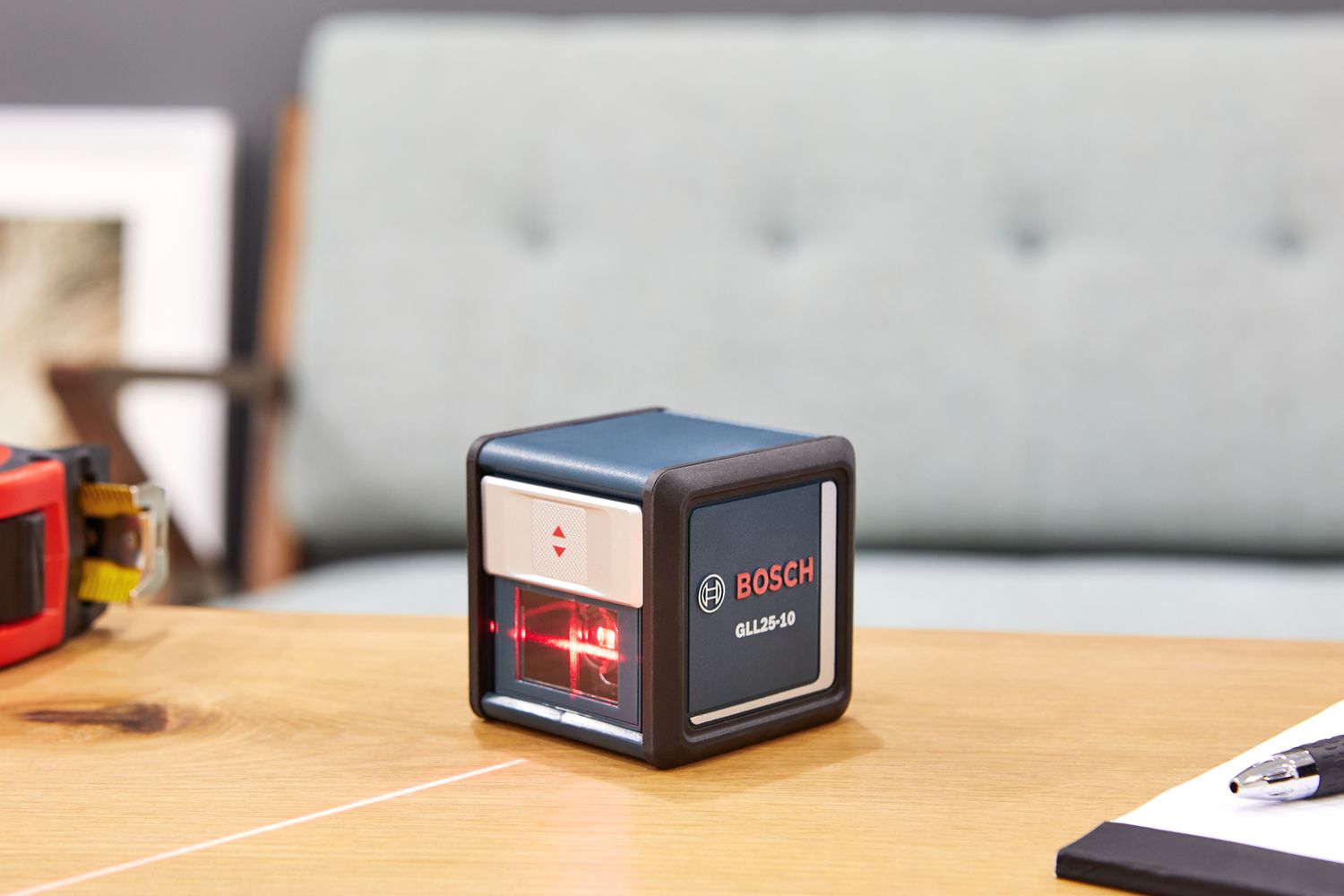

Articles
How To Calibrate Bosch Laser Level
Modified: March 2, 2024
Learn how to calibrate your Bosch laser level with this helpful guide. Find step-by-step instructions and tips in this informative article.
(Many of the links in this article redirect to a specific reviewed product. Your purchase of these products through affiliate links helps to generate commission for Storables.com, at no extra cost. Learn more)
Introduction
Bosch laser levels have become an essential tool for professionals and DIY enthusiasts alike in various industries such as construction, woodworking, and interior design. These precision instruments use laser beams to provide accurate measurements and straight lines, making tasks much more efficient and precise.
However, like any other electronic device, Bosch laser levels require regular calibration to ensure their accuracy and reliability. Calibration is the process of aligning the laser beam with the device’s built-in leveling mechanism, ensuring that the measurements and lines produced are perfectly straight and true.
In this article, we will delve into the world of Bosch laser level calibration. We’ll explore the importance of calibration, the tools and materials you’ll need, and the step-by-step process to calibrate your Bosch laser level effectively. Additionally, we’ll provide some extra tips for achieving maximum accuracy and troubleshooting common calibration issues.
Key Takeaways:
- Regular calibration of Bosch laser levels ensures accurate measurements, improves efficiency, and enhances safety, ultimately contributing to a professional reputation and successful project outcomes.
- Understanding the different types of Bosch laser levels, selecting the right tools and materials, and following proper calibration steps are crucial for achieving optimal accuracy and precision in construction and woodworking projects.
Read more: How To Calibrate Dewalt Laser Level
Understanding Bosch Laser Levels
Before diving into the calibration process, it’s essential to have a basic understanding of how Bosch laser levels work. These devices emit a laser beam that creates a straight, visible line or dot on a surface. This line or dot can be used as a reference for various construction and alignment tasks.
Bosch laser levels come in different types, including line lasers, point lasers, rotary lasers, and cross-line lasers. Each type serves a specific purpose and offers different features to suit various applications.
Line lasers project a straight line, making them ideal for tasks like installing cabinets, aligning tiles, or hanging pictures. Point lasers emit a single dot and are useful for tasks like plumbing, electrical work, or pipe installation. Rotary lasers have a rotating laser beam, providing a 360-degree horizontal or vertical line and are commonly used for outdoor leveling and construction projects. Cross-line lasers project two intersecting lines, making them suitable for tasks like installing lighting fixtures or creating precise alignments.
Bosch laser levels also boast features like self-leveling, pulse mode for outdoor use, visible indoor range, and various mounting options. Some advanced models even offer Bluetooth connectivity, allowing you to control the laser level using a smartphone or tablet.
Understanding the type and features of your Bosch laser level will help you calibrate it properly and ensure accurate results in your projects. Additionally, referring to the manufacturer’s user manual and product specifications will provide specific guidelines for calibration and operation.
Importance of Calibrating a Bosch Laser Level
Calibrating a Bosch laser level is not just a recommended practice; it is crucial for achieving accurate and reliable measurements. Here are some key reasons why calibration is important:
- Ensures Accuracy: Over time, the components inside a Bosch laser level may shift or wear down, potentially affecting its accuracy. Calibration realigns the laser beam with the leveling mechanism, ensuring that the projected lines or dots are perfectly straight and true.
- Improves Efficiency: When your laser level is properly calibrated, you can trust the measurements it provides. This eliminates the need for double-checking or making adjustments during your projects, saving you time and effort.
- Avoids Costly Mistakes: Inaccurate measurements can lead to costly errors in your construction or woodworking projects. Whether it’s misaligned tiles, uneven furniture installations, or inaccurate cuts, these mistakes can be time-consuming and expensive to rectify. By calibrating your Bosch laser level, you minimize the risk of such errors.
- Enhances Safety: Accurate leveling and alignment are crucial for ensuring the safety of your projects. Whether you are working on electrical installations, plumbing projects, or construction sites, precise measurements prevent accidents and potential hazards.
- Professional Reputation: As a professional contractor or DIY enthusiast, your reputation relies on the quality of your work. Calibrating your Bosch laser level demonstrates your commitment to precision and accuracy, enhancing your professional image and instilling confidence in your clients or colleagues.
By regularly calibrating your Bosch laser level, you maintain its performance and extend its lifespan. It is important to note that calibration requirements may vary depending on the model and frequency of use. Always refer to the manufacturer’s guidelines for recommended calibration intervals.
Tools and Materials Needed for Calibration
To calibrate your Bosch laser level effectively, you’ll need a few tools and materials. Here’s a list of what you’ll need:
- Calibration Target: A calibration target is a special tool that helps you verify the accuracy of the laser level. It usually consists of a marked ruler or grid pattern that allows you to measure the deviation of the laser beam. Some laser levels come with a built-in calibration target, while others may require a separate one.
- Leveling Base: A leveling base is a sturdy platform or tripod that provides a stable surface for your laser level during calibration. It ensures that the device remains level and stationary throughout the process.
- Adjustment Screws: Bosch laser levels usually have adjustment screws that allow fine-tuning of the leveling mechanism. These screws help you align the laser beam with the calibration target and make necessary adjustments for accurate results.
- Screwdriver or Allen Wrench: Depending on the type of adjustment screws on your Bosch laser level, you may need a screwdriver or an Allen wrench to turn and adjust them. Ensure that you have the appropriate tool size for your device.
- Measuring Tape or Ruler: To measure the deviation of the laser beam from the calibration target, you’ll need a measuring tape or ruler. This will help you determine the accuracy and make the necessary adjustments.
- Protective Eyewear: Laser beams can be harmful to the eyes, so it’s essential to wear protective eyewear during calibration. Choose safety glasses with appropriate laser protection ratings to ensure your eyes are shielded from any potential risks.
- Clean Cloth: Keeping your Bosch laser level clean is vital for accurate readings. Have a clean, lint-free cloth on hand to wipe any dust or debris from the device’s lens or housing.
Before beginning the calibration process, make sure you have all the necessary tools and materials readily available. This will help ensure a smooth and efficient calibration experience, resulting in accurate measurements from your Bosch laser level.
When calibrating a Bosch laser level, always ensure that the device is placed on a stable surface and the calibration process is done in a well-lit environment to ensure accuracy.
Steps to Calibrate a Bosch Laser Level
Calibrating your Bosch laser level is a straightforward process that requires attention to detail. Follow these steps to ensure accurate calibration:
- Choose a Suitable Area: Find a well-lit and level space where you can perform the calibration. Ensure that the area has minimal vibrations or disturbances that could affect the accuracy of your measurements.
- Set Up the Leveling Base: Place your Bosch laser level on a stable surface or mount it securely on a leveling base, such as a tripod. Make sure that the device is level before proceeding with calibration.
- Prepare the Calibration Target: If your Bosch laser level comes with a built-in calibration target, follow the manufacturer’s instructions to access it. If not, attach a separate calibration target at an appropriate distance from the laser level.
- Activate the Laser Level: Turn on your Bosch laser level and allow it to self-level. Refer to the user manual for specific instructions on how to activate the leveling mechanism for your device.
- Align the Laser Beam: Position the laser level so that the laser beam aligns with the marked lines or dots on the calibration target. Use the adjustment screws on the device to fine-tune the alignment until the laser beam matches the reference points on the target.
- Measure and Adjust: Use a measuring tape or ruler to measure the deviation of the laser beam from the reference points on the calibration target. If there is any deviation, make incremental adjustments using the adjustment screws until the laser beam aligns accurately with the target.
- Verify the Calibration: After making adjustments, double-check the alignment by re-measuring the deviation of the laser beam from the reference points. Repeat the adjustment process if necessary until you achieve the desired accuracy.
- Record Calibration Results: Once you have successfully calibrated your Bosch laser level, record the calibration results for future reference. Note the adjustments made, any deviations, and the accuracy achieved during calibration.
- Perform Regular Maintenance: To ensure ongoing accuracy, clean your Bosch laser level regularly and check for any signs of wear or damage. Follow the manufacturer’s recommendations for maintenance intervals and procedures.
By following these steps and maintaining a regular calibration schedule, you can keep your Bosch laser level performing optimally and providing precise measurements for your projects.
Read more: How To Use A Bosch Laser Level
Additional Tips for Accuracy
Achieving maximum accuracy when calibrating your Bosch laser level is crucial for obtaining precise measurements. Here are some additional tips to help you achieve optimal accuracy:
- Choose the Right Calibration Target: Ensure that the calibration target you use is appropriate for the type of measurements you need. Different targets offer different patterns and markings, so select one that suits your specific application.
- Keep the Laser Level Clean: Regularly clean the lens and housing of your Bosch laser level to remove dust, debris, or smudges that may interfere with the laser beam. Use a clean, lint-free cloth for cleaning to avoid scratching the lens.
- Avoid Direct Sunlight: When calibrating your laser level, try to avoid direct sunlight as it can interfere with the visibility of the laser beam. If you need to calibrate outdoors, choose a cloudy or shaded area for better accuracy.
- Double-Check Leveling: Before starting the calibration process, ensure that your laser level is level on the leveling base. Use a bubble level or built-in level indicators to confirm the device’s level position.
- Take Multiple Measurements: To ensure accuracy, take multiple measurements using your Bosch laser level and compare the results. This helps identify any inconsistencies or errors in the calibration process, allowing you to make necessary adjustments.
- Perform Calibration Indoors: If possible, it is recommended to perform the initial calibration of your Bosch laser level indoors. Indoor conditions provide better stability and fewer external factors that can affect accuracy, such as wind or vibrations.
- Adhere to Calibration Intervals: Follow the manufacturer’s recommended calibration intervals for your Bosch laser level. Regular calibration ensures that your device remains accurate and reliable, especially with frequent use or after significant transportation or storage.
- Refer to the User Manual: Always refer to the user manual that came with your Bosch laser level for specific instructions on calibration, troubleshooting, and maintenance. The manual provides invaluable information tailored to your specific model.
By incorporating these additional tips into your calibration process, you can enhance the accuracy and reliability of your Bosch laser level, leading to precise measurements and successful project outcomes.
Troubleshooting Common Calibration Issues
Even with proper care and calibration, you may encounter some common issues during the calibration process of your Bosch laser level. Here are a few troubleshooting tips to help you overcome these challenges:
- Inconsistent Alignment: If you are having trouble achieving consistent alignment of the laser beam with the calibration target, ensure that the device is securely mounted on a stable surface. Verify that the leveling base or tripod is level and free from any vibrations that may affect alignment.
- Laser Beam Inaccuracy: If the laser beam deviates significantly from the reference points on the calibration target, check for any obstructions or debris that may be interfering with the laser beam’s projection. Clean the lens and housing of the laser level to ensure a clear and unobstructed path for the beam.
- Inconsistent Self-Leveling: If your Bosch laser level is struggling to self-level properly, check if the device is on a level surface and free from any external disturbances. If the issue persists, refer to the user manual for any specific self-leveling calibration procedures or contact the manufacturer for assistance.
- Adjustment Screw Issues: If the adjustment screws on your Bosch laser level are difficult to turn or seem ineffective, make sure you are using the correct tool and applying the appropriate amount of force. If the screws are still not responsive, consult the user manual for any specific instructions or seek professional assistance.
- Interference from Ambient Light: If you notice interference from ambient light that affects the visibility of the laser beam, try calibrating in a darker environment or use targeted lighting to enhance the visibility of the beam. You can also explore laser glasses or laser detectors that can improve visibility in bright or outdoor conditions.
If you encounter persistent issues or are unsure about troubleshooting procedures, it is recommended to reach out to the manufacturer’s customer support or consult a professional technician. They can provide specific guidance and tailored solutions for the calibration issues you may be experiencing.
Conclusion
Calibrating your Bosch laser level is a critical step in ensuring accurate and reliable measurements for your construction, woodworking, or interior design projects. By following the proper calibration process and considering the additional tips provided, you can achieve optimal accuracy and precision in your work.
Understanding the different types of Bosch laser levels and their features is essential for effective calibration. Selecting the right tools and materials, such as a calibration target and leveling base, is crucial for a successful calibration process.
Regular calibration not only improves the accuracy of your Bosch laser level but also enhances efficiency, helps avoid costly mistakes, and enhances your professional reputation. It demonstrates your commitment to excellence in your craft and ensures the safety and success of your projects.
Remember to refer to the manufacturer’s guidelines and user manual for specific instructions on calibration intervals and procedures. Performing regular maintenance, keeping your laser level clean, and addressing any troubleshooting issues promptly will prolong the lifespan of your device and maintain its performance.
By taking the time to calibrate your Bosch laser level, you can rely on precise measurements and straight lines, contributing to the quality and success of your work. So, make calibration a regular part of your workflow, and enjoy the confidence and accuracy that comes with a properly calibrated Bosch laser level.
Frequently Asked Questions about How To Calibrate Bosch Laser Level
Was this page helpful?
At Storables.com, we guarantee accurate and reliable information. Our content, validated by Expert Board Contributors, is crafted following stringent Editorial Policies. We're committed to providing you with well-researched, expert-backed insights for all your informational needs.
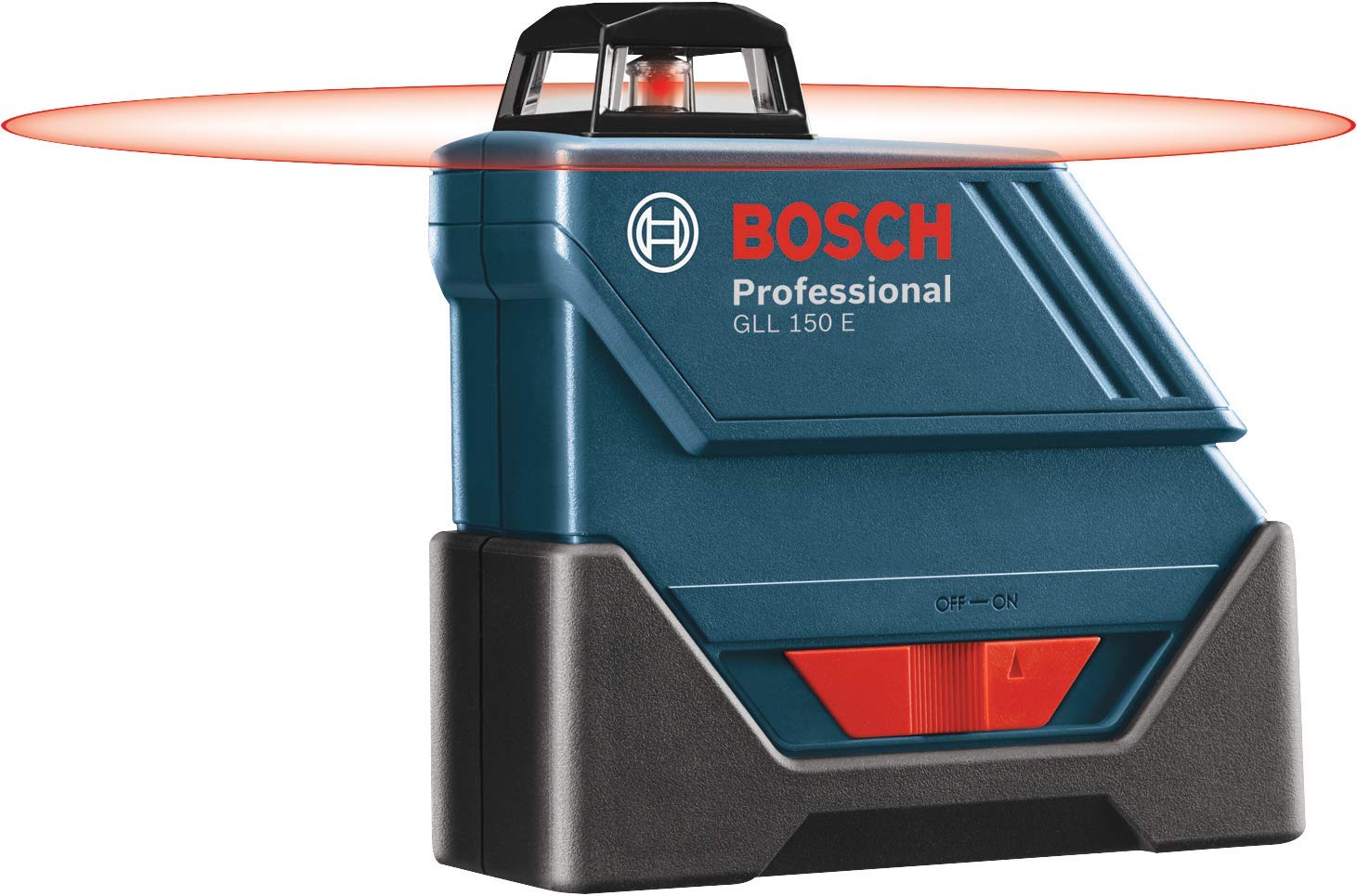
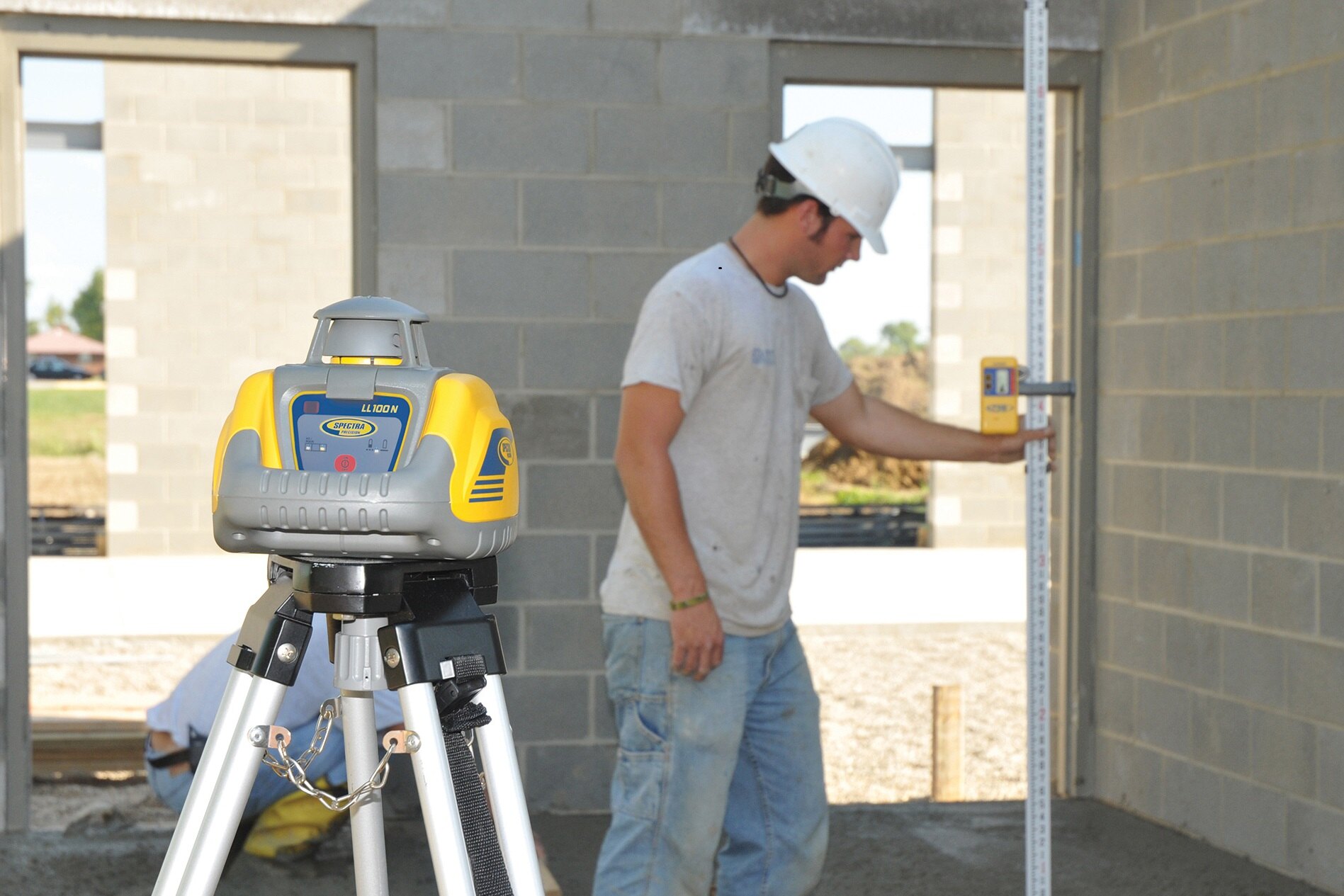
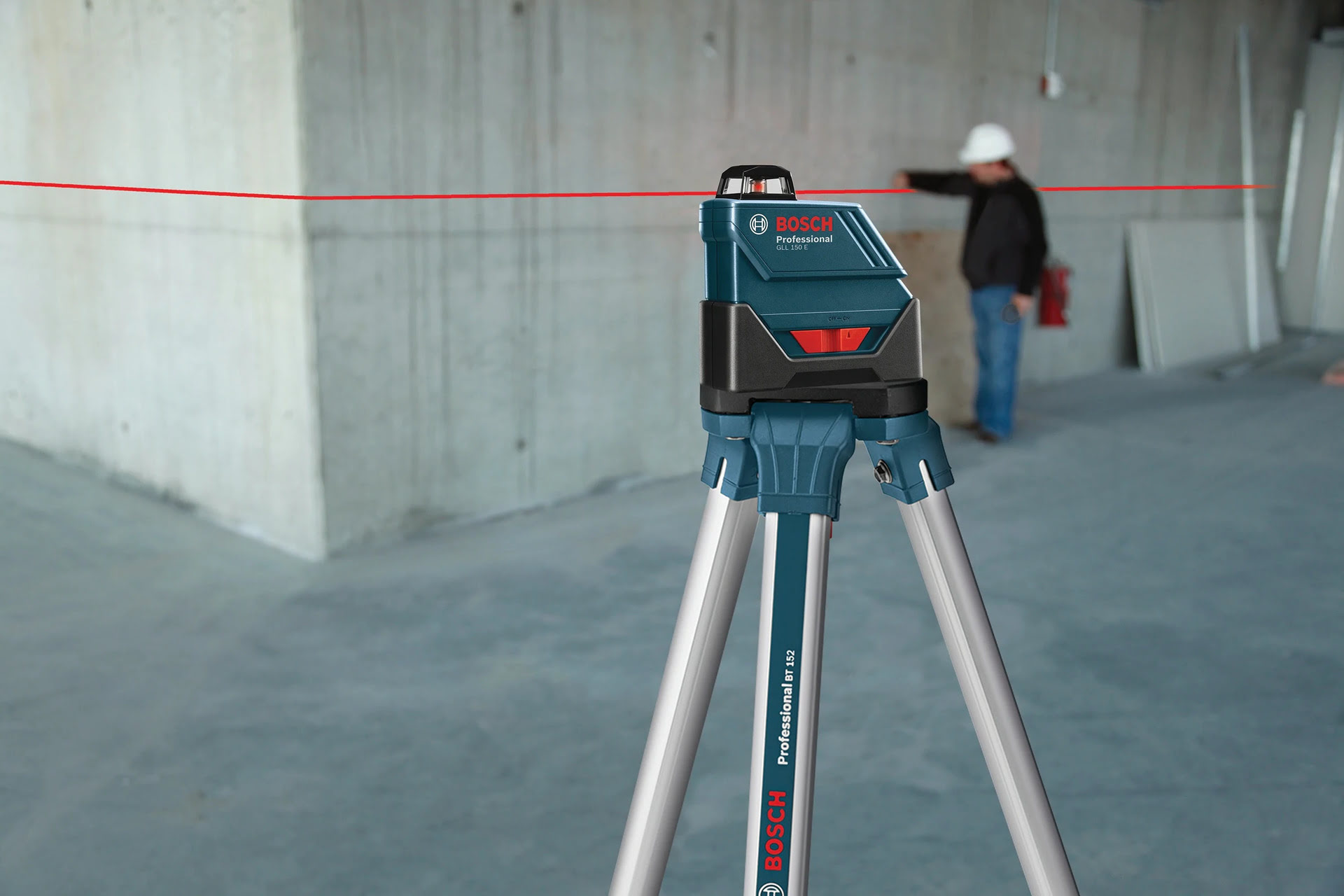

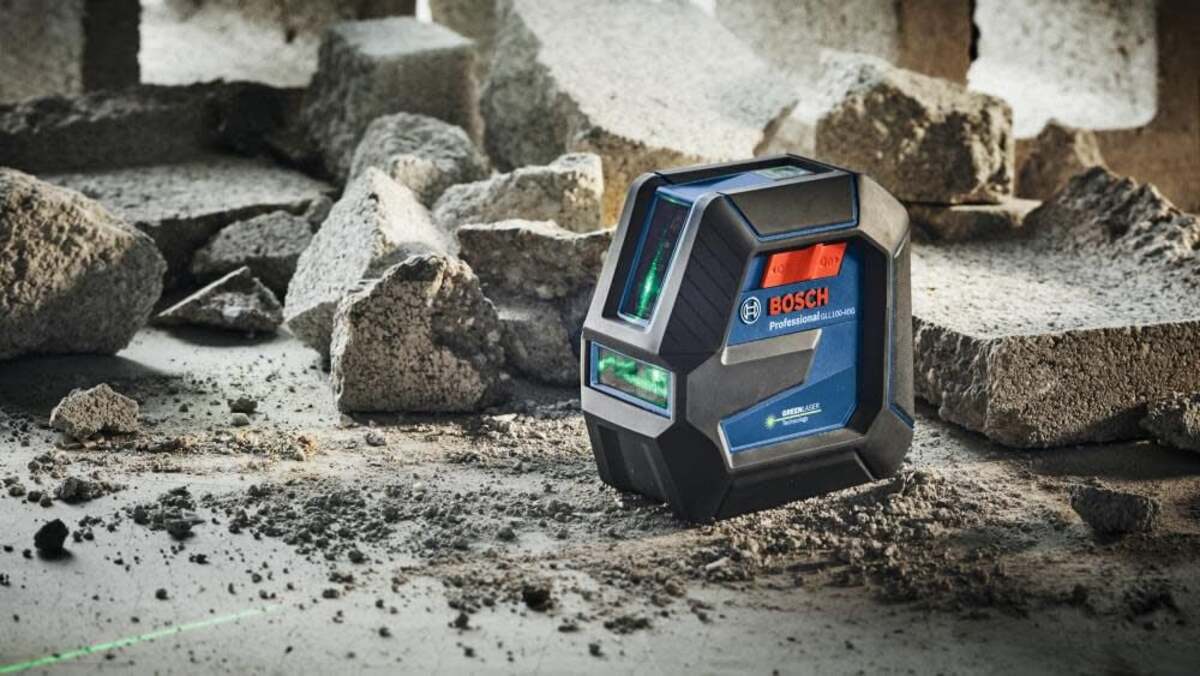
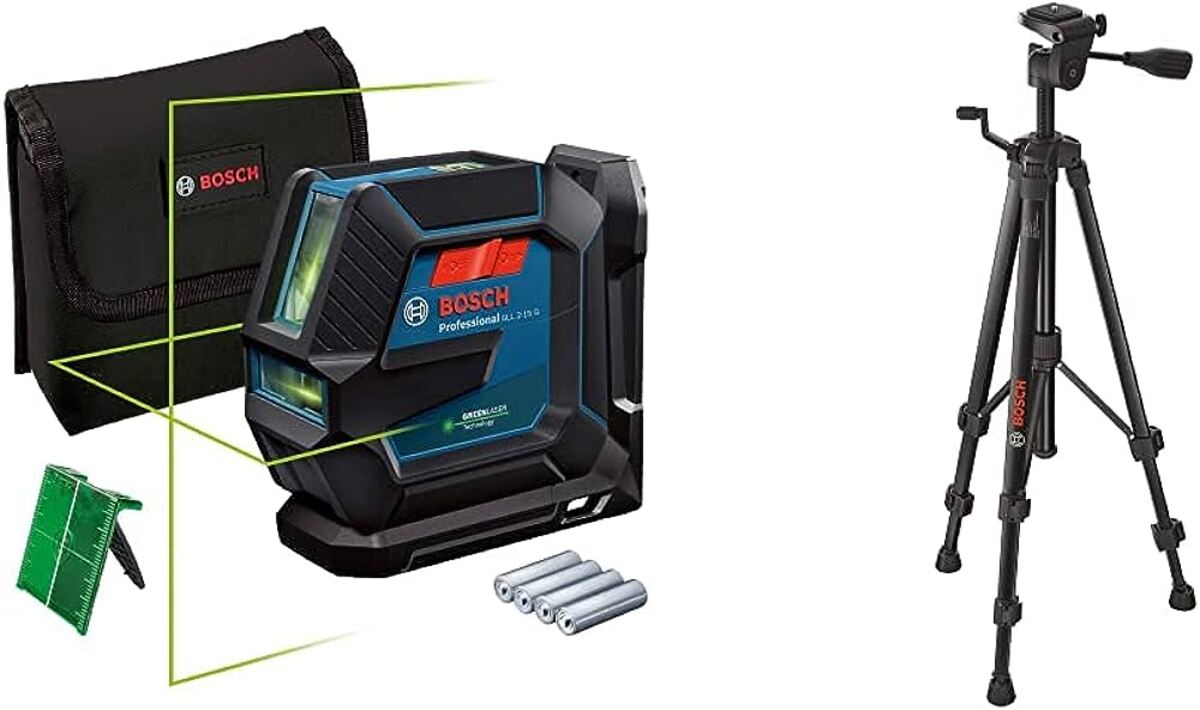
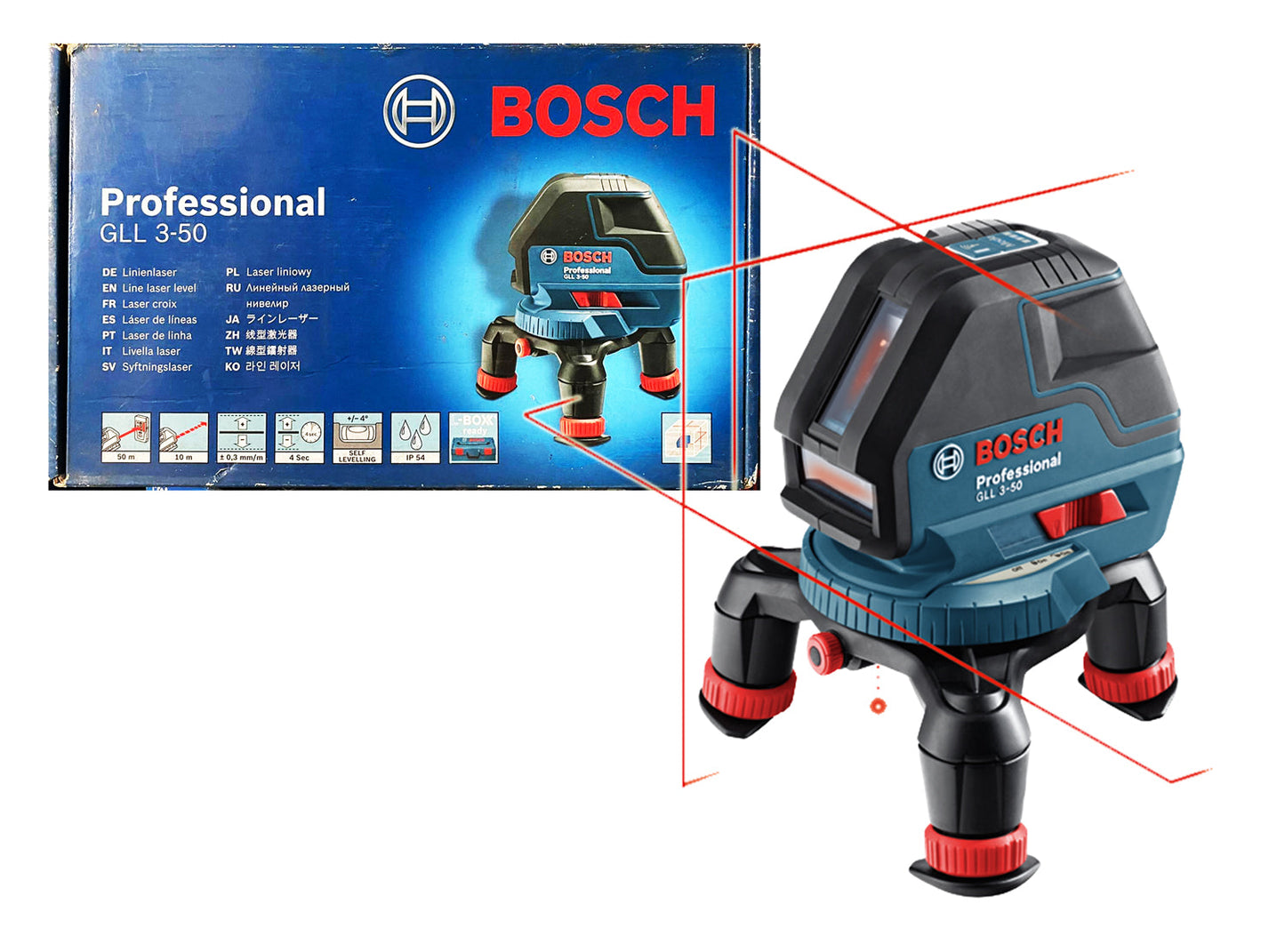
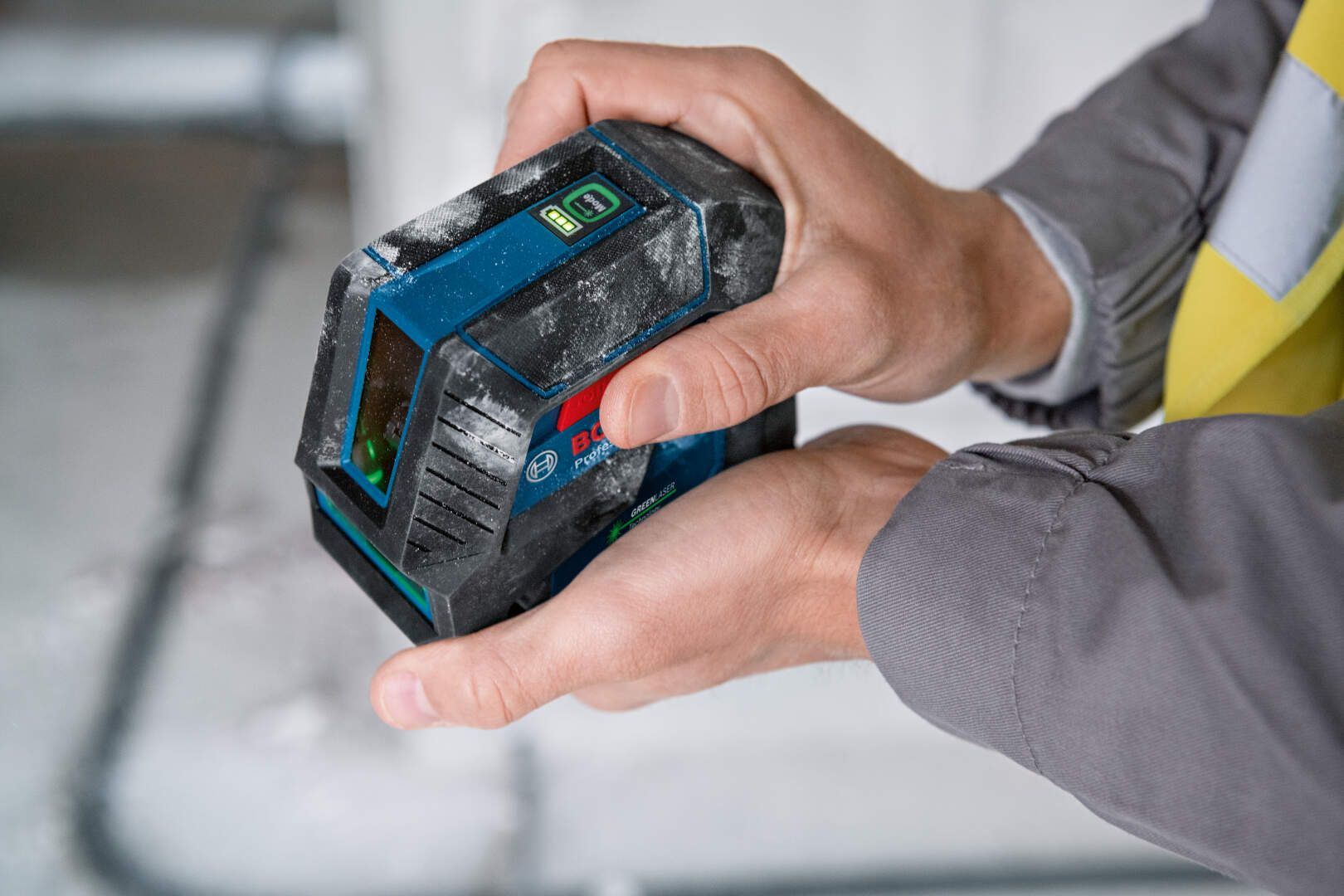
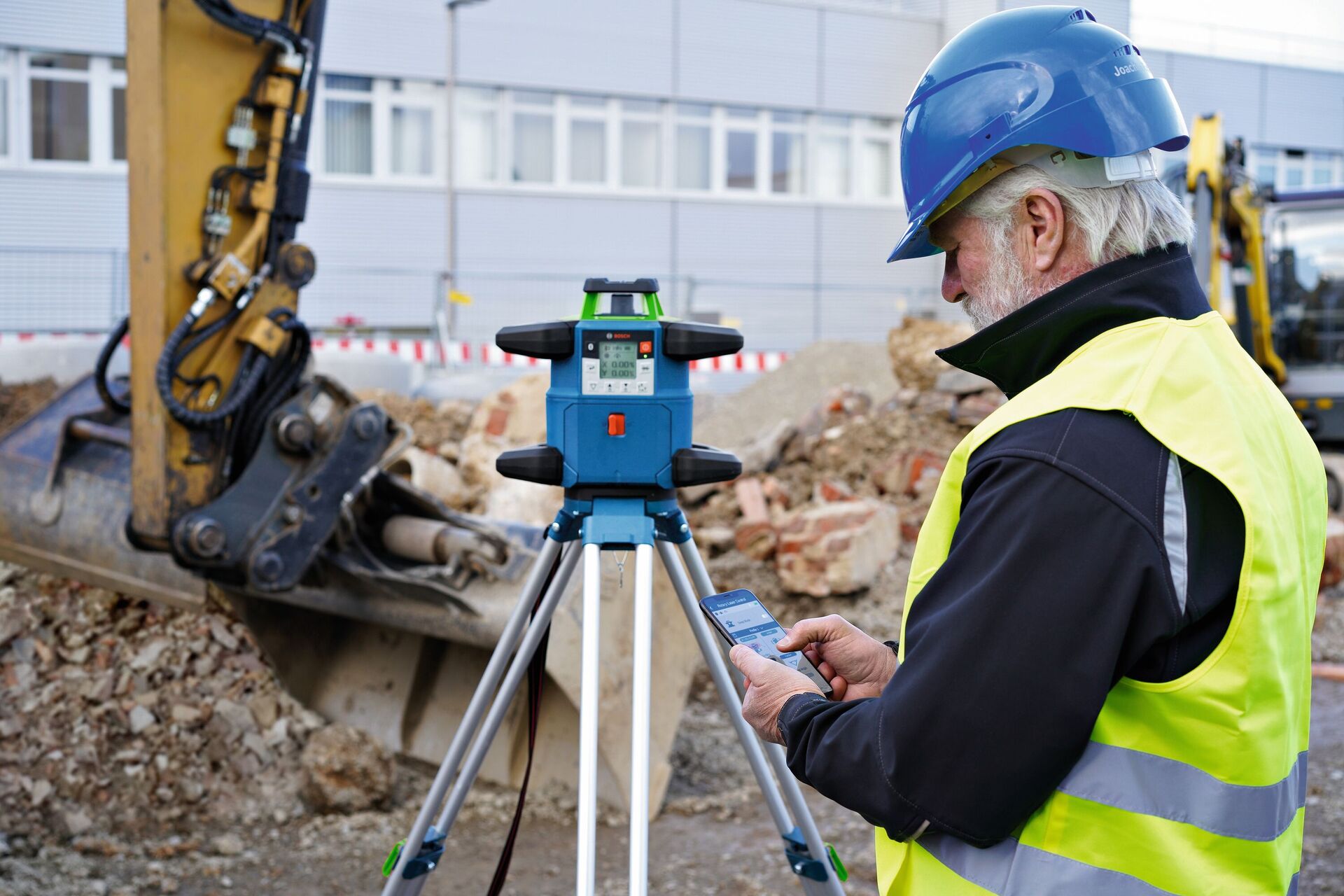
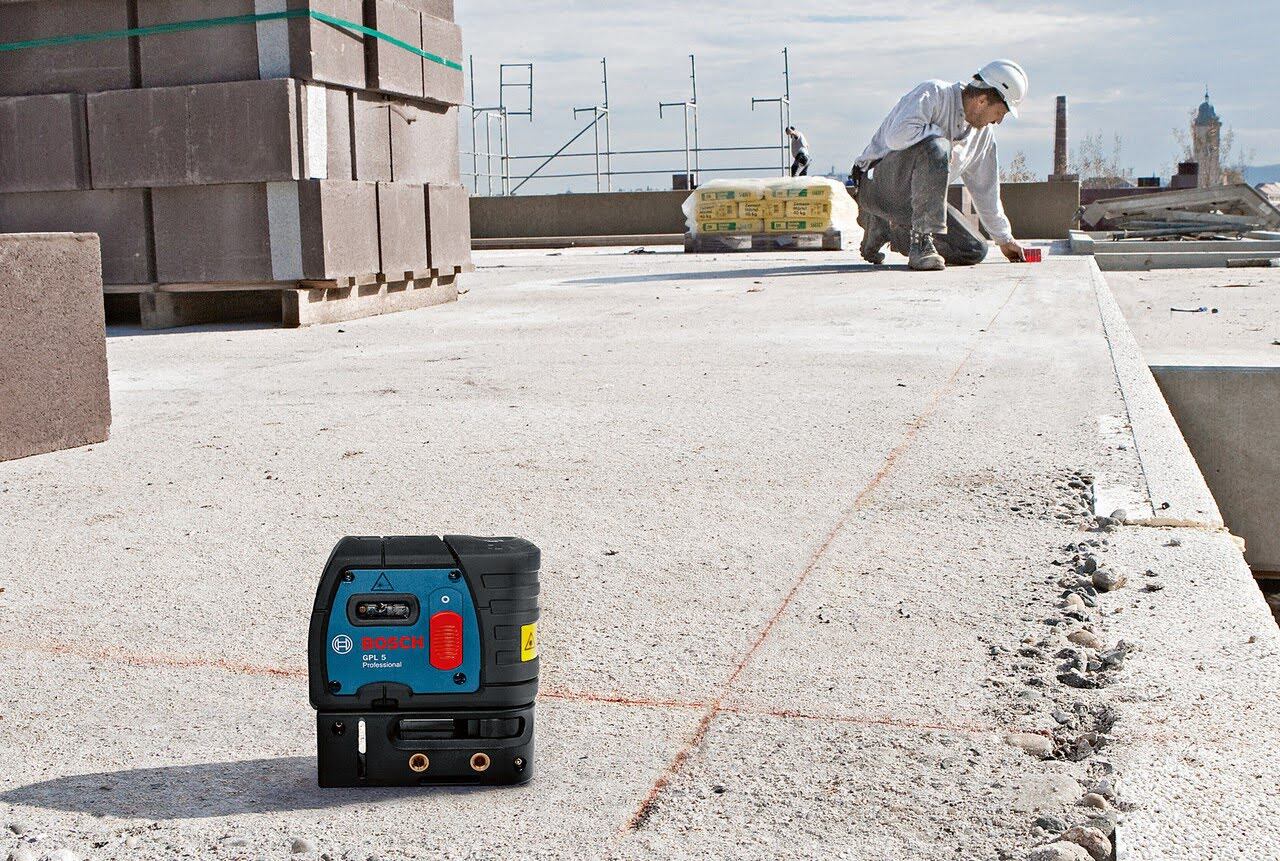
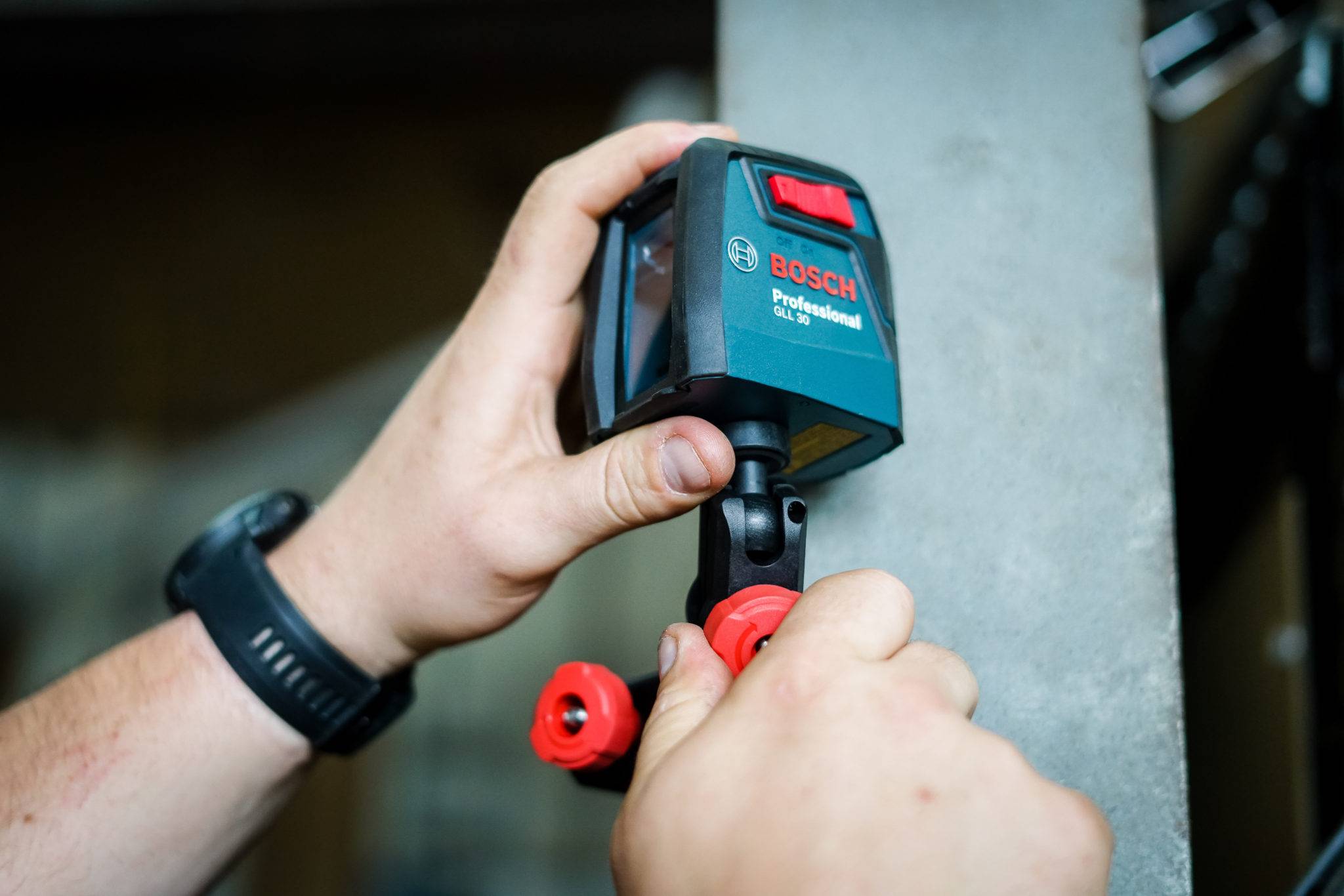
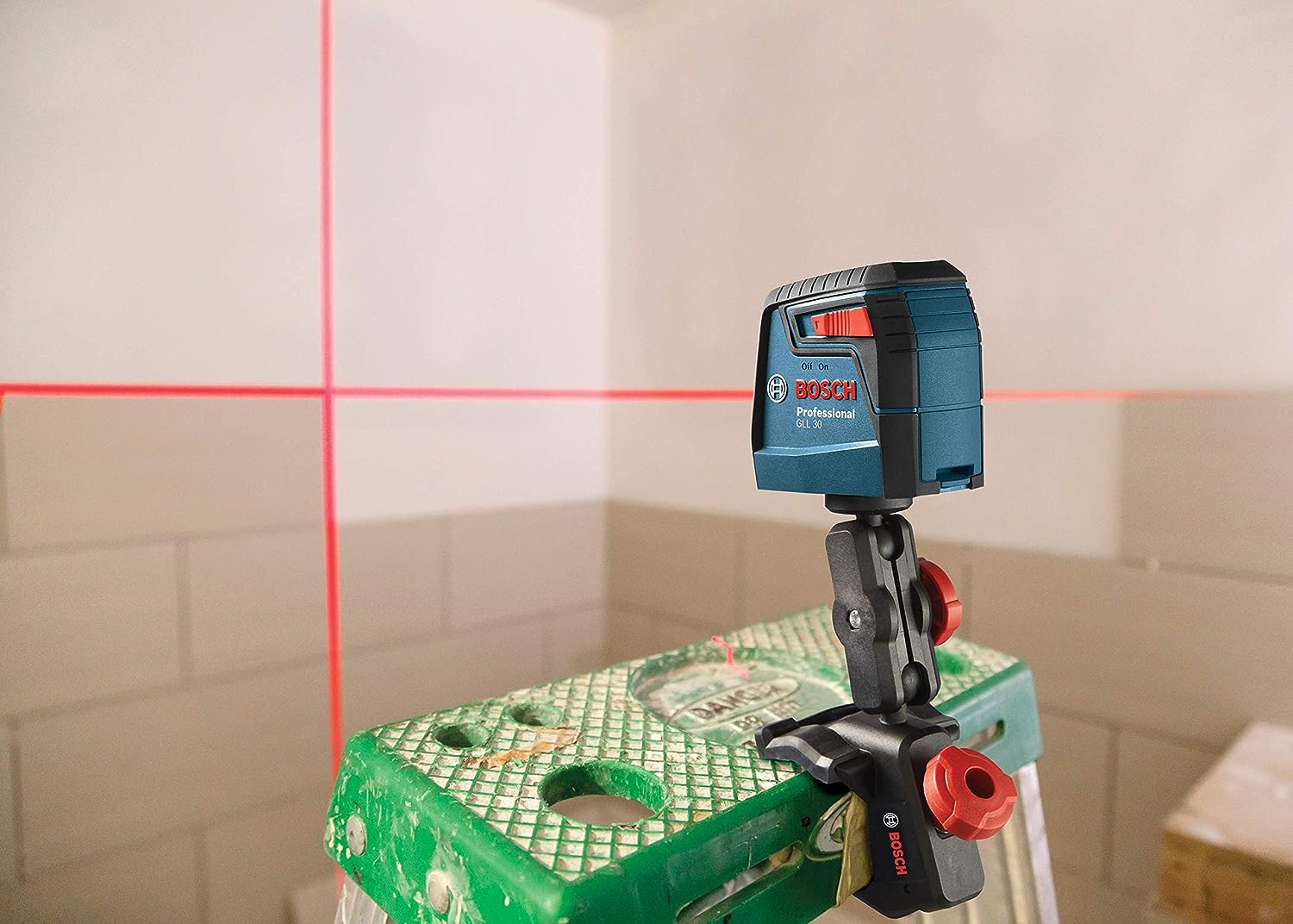
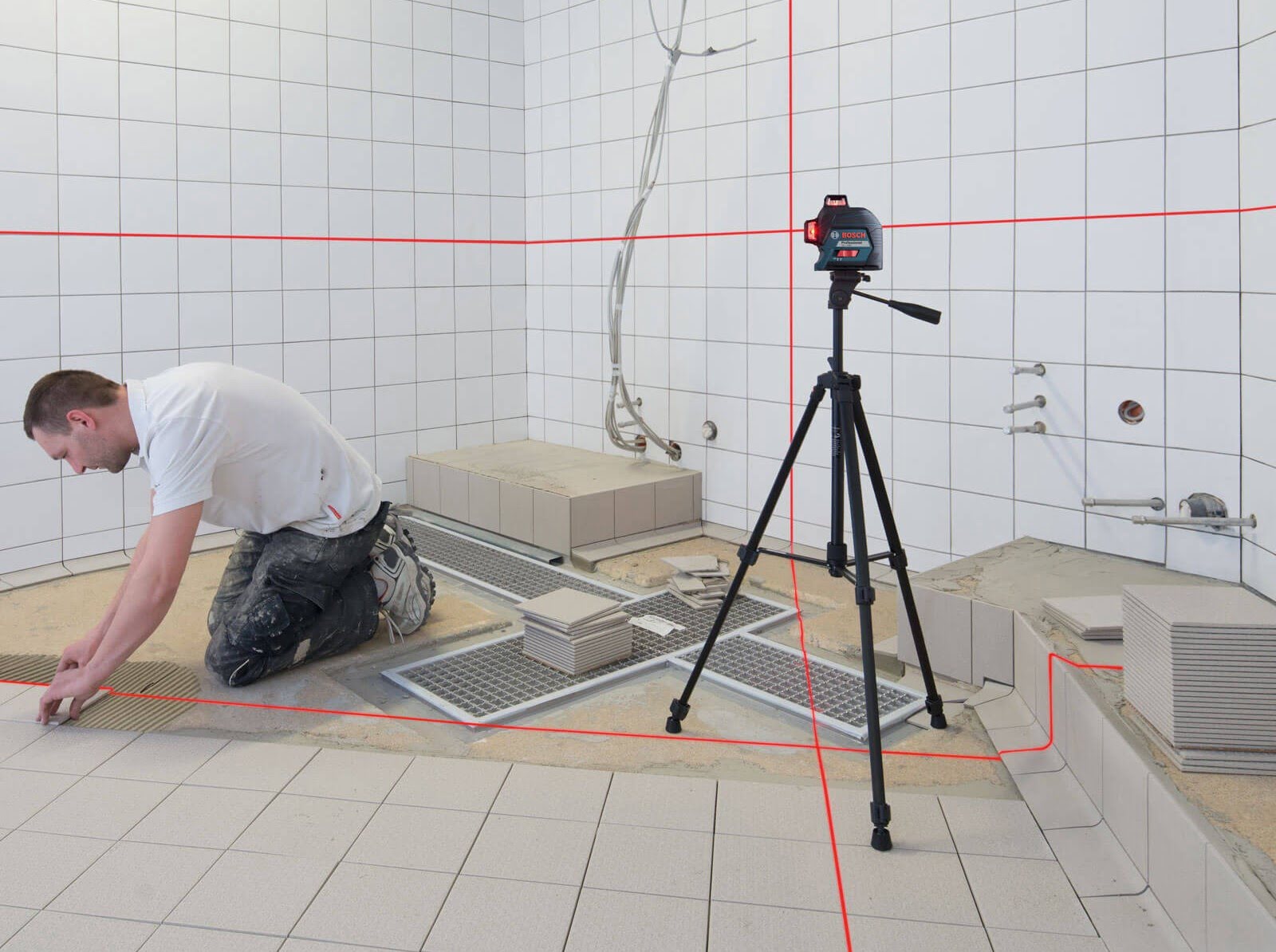
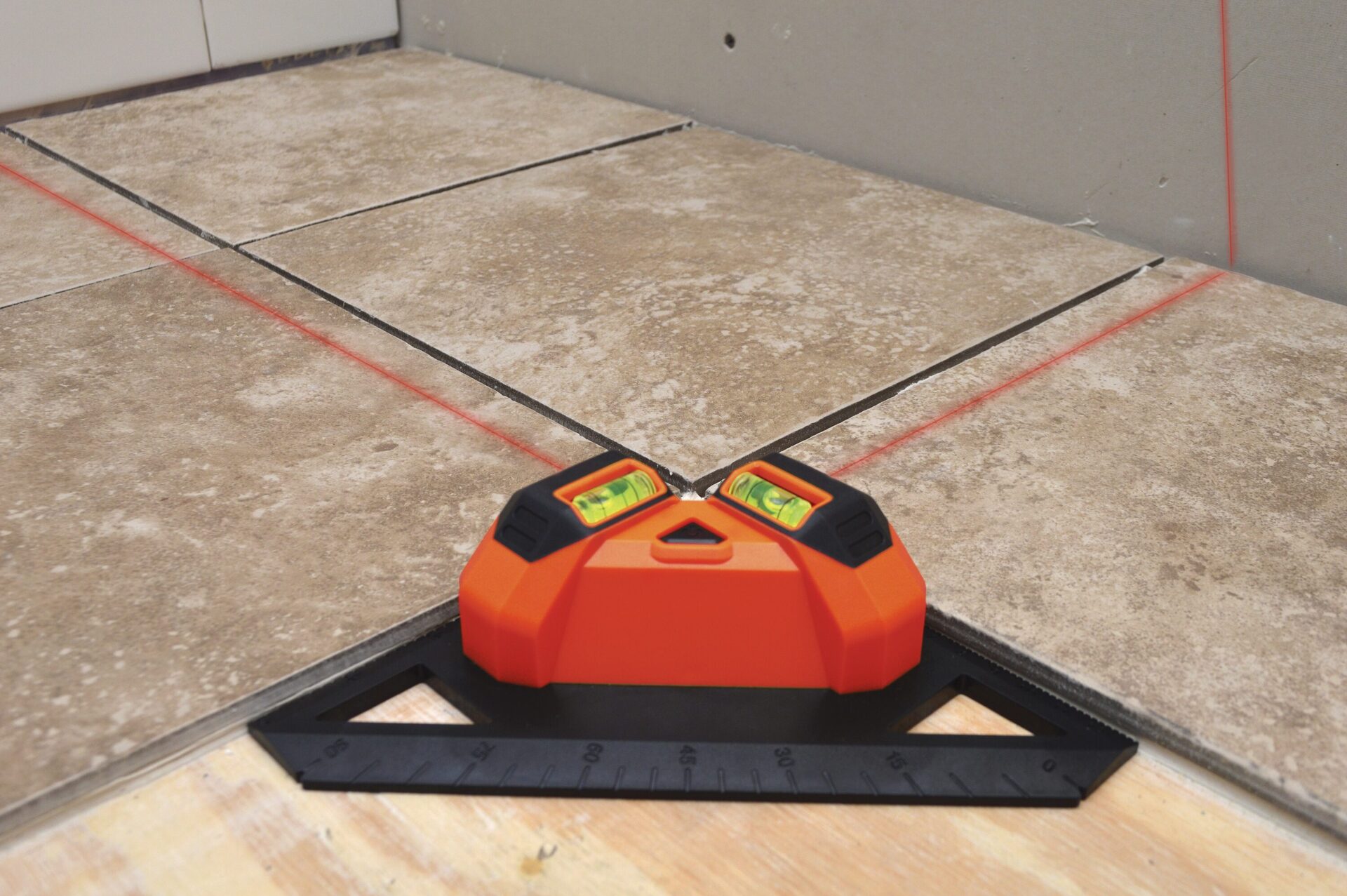

0 thoughts on “How To Calibrate Bosch Laser Level”